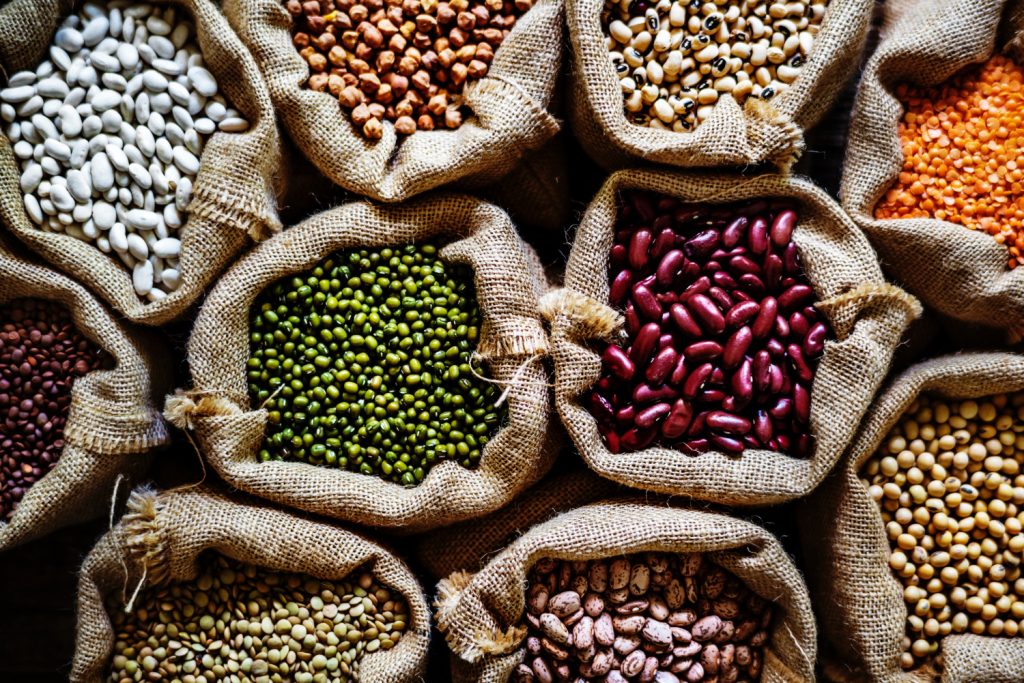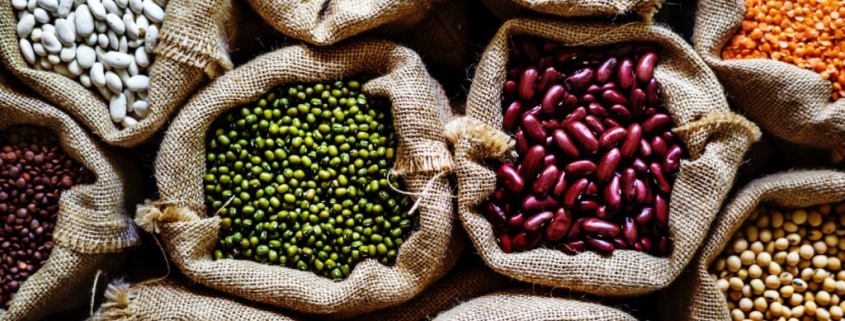Commodities: Mapping Markets, Risks, and Flows

Before sunrise, tankers trace slow arcs across the sea, grain moves in steel rivers across continents, and power hums through cables that stitch regions together. Prices flicker to life as these movements are sampled by screens, satellites, and sensors. Commodities are the raw pulse of this system: energy, metals, and agriculture turning geology, weather, and policy into numbers that guide factories, households, and budgets. Mapping markets, risks, and flows means reading this pulse with more than a glance. Markets translate scarcity and abundance into price through spot trades, futures, and options; basis spreads and term structures reveal where strain or slack may lie. Risks arise from weather shocks, geopolitics, sanctions, regulation, financing conditions, and operational constraints; they are managed by inventories, diversification, and hedging as frequently enough as by engineering. Flows connect it all-pipelines, shipping lanes, rail corridors, and transmission lines-creating bottlenecks and corridors that shape who pays what, and when.
Today’s map is built from granular data: AIS pings and customs records, satellite imagery of stockpiles, refinery runs and crop health indices, emissions caps and carbon prices. These traces show how droughts reroute soybeans, how outages shift power flows, how sanctions redraw oil trades, and how the energy transition lifts demand for copper, lithium, and rare earths while challenging coal and conventional fuels. This article follows the architecture of commodity markets, the routes that move molecules and metals, and the risk vectors that can rewire them. It offers a framework for seeing how prices transmit through supply chains, how exposures accumulate, and which signals matter-so the map is clearer, even when the terrain changes.
Mapping Global Commodity Supply Chains and Price Drivers With Data Grounded Insights
Traceable markets start with connected data: harmonize customs filings, AIS vessel tracks, port throughput, trade finance flows, satellite crop indices, and ESG disclosures into a single graph of producers, processors, shippers, and buyers. With nodes and edges timestamped, we can detect bottlenecks, transit-time slippage, and demand pivots in near real time-weather soybeans shifting from interior silos to coastal elevators, or copper cathodes rerouted as smelter maintenance extends. Layering weather anomalies, policy changes, and credit conditions over this logistics graph exposes where inventories build, where freight spreads open, and where risk premia quietly expand.
- Upstream Signals: Crop vigor, rig counts, ore grades, and hydropower availability.
- Midstream Friction: Berth congestion, channel drafts, railcar turns, and refining outages.
- Downstream Substitution: Feedstock swaps, blend shifts, and hedging behavior.
- Policy and Shocks: Quotas, sanctions, tariffs, and sudden weather breaks.
| Commodity | Chokepoint | Lead Indicator | Sensitivity |
|---|---|---|---|
| Crude | Straits & Key Ports | Loadings vs. Quotas | High |
| Copper | Smelter capacity | TC/RCs, Grid Outages | High |
| Wheat | River Levels | Soil Moisture, Drafts | Medium |
| LNG | Regas Slots | Storage Fill, FSRU Queues | Medium |
Price formation emerges from a stack of drivers: inventory-to-use and harvest outlooks, basis spreads across delivery points, freight arbitrage windows, refining margins or smelter day-rates, and the cost of capital that shapes carry. By pairing nowcasts with scenario paths-storm tracks, policy tweaks, contract renegotiations-we translate logistics stress into probabilistic moves in futures curves and option skews. Visual heatmaps highlight where disruption would bite first; alerting ties to port and pipeline telemetry, credit spreads for traders, and cash differentials, turning disparate signals into actionable, continuously updated risk views.
Final Thoughts…
Commodities are less a single marketplace than a shifting atlas. Prices sketch coastlines, logistics trace rivers, and policy draws borders that can move overnight. What we call “the market” is simply the latest edition of this map-annotated by weather, geopolitics, balance sheets, and the quiet arithmetic of storage and time. Risk, too, is topography. It rises in the basis between paper and physical, gathers in chokepoints and charters, and settles into contracts, counterparty terms, and operational detail. Some of it can be hedged, some only re-routed; none of it vanishes.
Mapping flows-barrels, bushels, electrons-alongside incentives and frictions clarifies what is signal and what is noise, whether the curve is contango or the warehouse is the real price-maker. Technology will redraw the legend-more satellites, better data, smarter models-but the contours remain carved by fundamentals: fields and wells, weather and water, warehouses and bargaining power. The next shock will revise the margins; the next recovery will ink new trade lanes. To understand commodities is to keep the compass steady while the coastline moves, knowing the terrain matters as much as the map.









